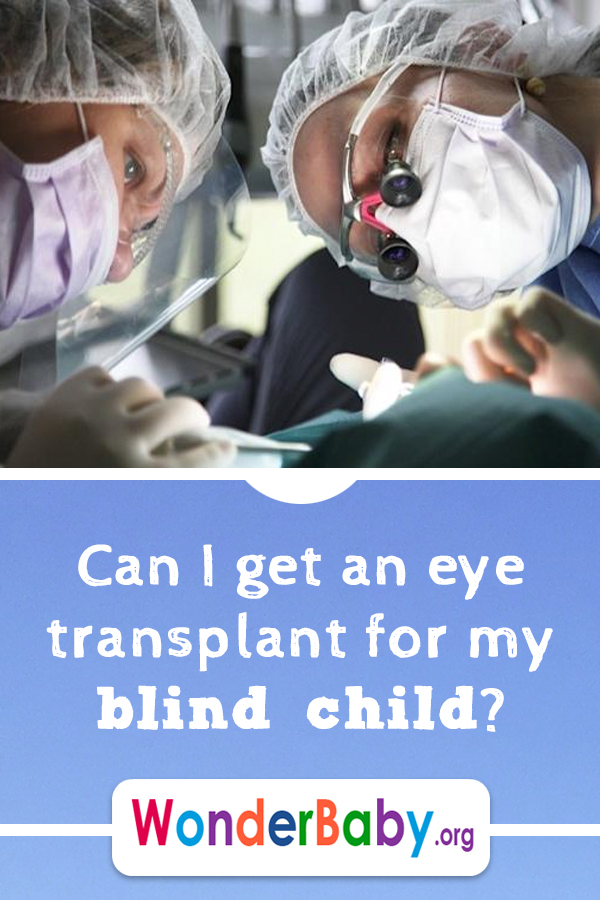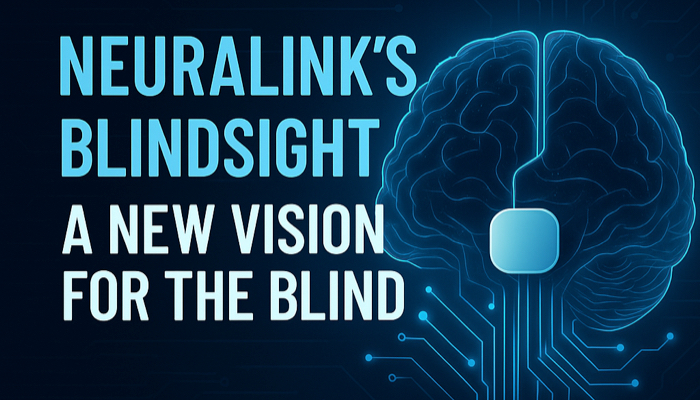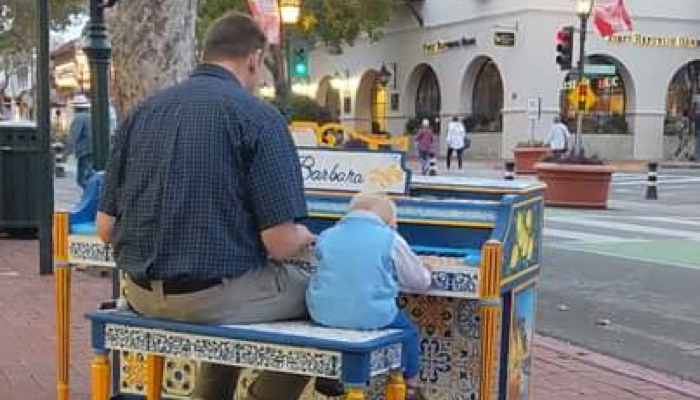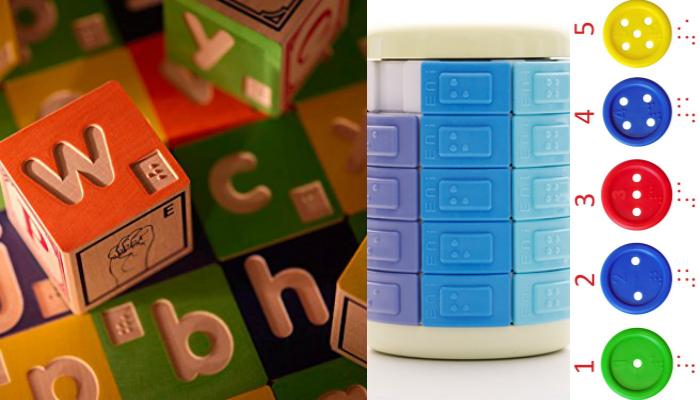Can I get an eye transplant for my blind child?

By Sarah Blake
There is no such thing as a whole-eye transplant. The optic nerve, which goes directly to the brain, cannot be transplanted; and this nerve is damaged for many people who are blind. The eye transplant would not work without also transplanting the optic nerve.
In some cases the eye is not even the problem. The problem is actually inside the brain, where images are interpreted. Most people cannot comprehend this kind of explanation. In my family we settled for a simple explanation: doctors don’t transplant the whole eye. They only transplant the cornea, which is the clear part that you see through, if it is damaged. My cornea wasn’t damaged when I was a child. Other parts of my eye were. Ironically, I later developed damage to my cornea and have since had two cornea transplants as well as an artificial cornea implant.
Donor eyes are taken from people following death. The eyes are then taken to eye banks and cornea tissue is matched according to various factors to ensure the least possibility of rejection. It is not possible to donate an eye to a particular individual. Unlike bone marrow or some other organs, corneas are not only matched according to blood type or familial background. I have no idea who my cornea donors were. I ended up rejecting both, probably due to my own autoimmune disease.
It is important for people to understand that cornea transplants do help a lot of people, including some children. Many of the people they help are people who have been injured while playing sports or doing a hazardous job. For that reason, I always encourage people to be organ donors. It is, however, important for people to understand that the vast majority of blind children will not benefit from cornea transplants.
The most helpful thing a person can do for a blind child is to treat them like a human being with normal social and emotional needs and to help others learn to do the same. The most precious gift my mother’s mother gave to me was her friendship and advocacy for me in places where I felt alone. She became aware of my interest and ability in music, and she did many things to make it possible for me to excel in that area of my life.

Related Posts

Eye Conditions and Syndromes, Visual Impairment
Neuralink Announces Plans to Restore Sight to the Blind with Brain Chip
Elon Musk’s company Neuralink has announced plans to begin human trials of its new “Blindsight” brain chip by the end of 2025.

Visual Impairment
The Gift of Understanding: How a Young Child Helps His Blind Father Navigate Life
When a parent is blind, it’s natural for people to wonder how their sighted child will adapt. Will they struggle to understand their parent’s needs? Will they feel burdened by...

Braille and Literacy, Toys, Visual Impairment
24 Braille Toys for Kids Who are Blind
Everything from alphabet blocks to raised line coloring pages and activity books to puzzles to card and board games... and so much more! And it's all in braille ready for...